Introduction
Did you know that home vegetable gardening has grown tremendously in popularity over the last decade, with millions of new gardens sprouting up across the United States? According to the National Gardening Association, over 35% of American households are now growing their food. This statistic highlights the increasing trend towards sustainability and self-reliance. However, successful vegetable gardening relies heavily on the correct timing of planting. A misstep in planting times can lead to poor growth, low yields, and wasted resources.
The importance of timing in vegetable planting cannot be overstated. The growth cycle of every plant is significantly influenced by temperature, daylight, and season, which vary greatly across the U.S. Therefore, a tailored vegetable planting calendar is an invaluable tool for any gardener. It provides guidance on the optimal planting times for different vegetables specific to your zip code, ensuring maximum growth and yield. In this blog post from Plantology, we will explore how to use a vegetable planting calendar effectively to revolutionize your garden.

Understanding the Vegetable Planting Calendar
Definition and Purpose
A vegetable planting calendar is a strategic guide that outlines the best planting dates for each type of vegetable based on climatic conditions in your specific area. These calendars take into account a variety of factors such as frost dates, average temperatures, and daylight hours, which are crucial for plant health and productivity.
The main purpose of such a calendar is to help gardeners organize their planting and harvesting schedules. By following a planting calendar, you can avoid the pitfalls of early frost or extreme heat, ensuring that your plants have the best chance to thrive. For instance, while some vegetables like spinach and peas thrive in cooler conditions, others such as tomatoes and melons require warmer weather to flourish.
The Role of Zip Code in Planting Calendars
One of the most significant aspects of a planting calendar is its customization to specific locations, often using zip codes. This customization ensures that the planting schedule is tailored to local climate conditions. The zones are determined based on the average annual minimum winter temperature, which influences which plants are most likely to succeed in a given area.
By utilizing your zip code, a planting calendar can provide precise recommendations. For example, gardeners in zip code 90210 in California will have a very different planting schedule compared to those in 10001 in New York. This differentiation helps in optimizing the planting process, ensuring more robust and productive vegetable gardens.
How to Use a Vegetable Planting Calendar
Finding the Right Calendar for Your Area
To get started, you need to find a reliable and region-specific planting calendar. Many online resources, including gardening websites and local agricultural extensions, offer free vegetable planting calendars. These are often tailored to zip codes, so it's essential to enter your correct zip code to receive accurate guidance.

Interpreting the Planting Dates
Once you have the appropriate calendar, the next step is interpreting the planting dates. Most calendars will list vegetables alphabetically along with their suggested planting dates. It's important to note both indoor seed starting dates and outdoor transplanting dates. This information is vital for vegetables that require an indoor start due to longer germination or growing periods, such as tomatoes or peppers.
Planning Your Garden Layout
With planting dates in hand, you can begin planning your garden layout. Consider grouping plants with similar planting and harvest times together, which makes maintenance easier. Additionally, think about space allocation for each plant, as some like the Adonidia Palm need more room to expand.
Monitoring and Adjusting
Keep in mind that a planting calendar should act as a guideline rather than a strict rule. Local microclimates, unexpected weather variations, and individual garden conditions can all necessitate adjustments to the recommended dates. Regular monitoring of your garden's progress and maintaining flexibility can yield the best results.
Benefits of Using a Vegetable Planting Calendar
Optimizing Harvest Times
One of the primary benefits of using a planting calendar is the ability to optimize your harvest. By planting at the right times, you ensure your vegetables mature during optimal conditions, leading to higher yields and better quality produce. With a keen understanding of your zip code-specific planting dates, you can stagger plantings and ensure a continuous supply of fresh vegetables throughout the season.
Reducing Pest and Disease Pressure
Correct planting times also aid in reducing the pressure of pests and diseases, which tend to increase during certain times of the year. By planting during less susceptible periods, the chances of crop damage decline significantly, promoting healthier plants.

Efficient Use of Resources
Another critical advantage is the efficient use of resources like water, fertilizer, and space. With properly timed planting schedules, resource allocation becomes more effective, minimizing waste. For instance, strategically planting drought-resistant plants such as the Blue Agave in areas prone to low rainfall can help conserve water.
Common Challenges and Solutions
Adapting to Unpredictable Weather
One of the biggest challenges gardeners face is unpredictable weather patterns. Unseasonable frost or heat waves can disrupt carefully planned planting schedules. To combat this, consider maintaining flexible dates and using protective measures such as cold frames or shade cloths to protect your plants during adverse conditions.
Soil Fertility Issues
Another common issue is soil fertility. Successful gardening starts with healthy soil. Regular testing and amendments are crucial. Incorporating compost and organic matter can significantly improve soil health and crop yields, ensuring that vegetables have the nutrients they need to thrive.
Pest Management
Pests can be a significant concern for any gardener. Integrated Pest Management (IPM) strategies, including the use of natural predators, crop rotation, and organic pest controls, can help manage insect pressures without resorting to harsh chemicals.
Plantology's Top Picks for Your Garden

Discover Our Product Range
At Plantology, we are passionate about helping you create a thriving, beautiful garden. Whether you're interested in incorporating ornamental plants or expanding your vegetable varieties, our comprehensive selection of plants and trees will inspire your gardening endeavors. Discover some of our top choices perfect for different climates and garden settings:
- Adonidia Palm Single: Ideal for warm climates, this palm variety adds a tropical touch to your garden.
- Alexander Palm: Known for its elegant appearance, this palm makes a stunning focal point in any landscape.
- Aglaonema Silver Bay: A hardy choice for those seeking low-maintenance indoor plants.
- Agapanthus Lily of the Nile Blue: With vibrant blooms, this plant is perfect for creating stunning borders or container displays.
Visit Our Online Store
Ready to take your garden to the next level? Visit our Plantology online store for an extensive range of plants selected for their quality, durability, and beauty. Our site features a vast selection of plants suited for various climates and purposes. Whether you're looking to enhance your vegetable garden or adorn your home with lush greenery, Plantology has the perfect plants for you.
Conclusion
Understanding and utilizing a vegetable planting calendar by zip code can significantly enhance your gardening experience, making it more efficient and rewarding. It allows you to optimize planting schedules, manage pests, and make the most intelligent use of resources. By tailoring your planting practices to your specific climate conditions, you can cultivate a vibrant and productive garden.
At Plantology, we are committed to supporting both novice and experienced gardeners on their journey to successful gardening. Explore our curated selection of plants and make the most of your growing season. Transform your garden into a thriving paradise by leveraging the power of a tailored vegetable planting calendar today.
Deep Dive into Seasonal Planting Strategies

Spring Planting Essentials
Spring is often considered the most suitable time for planting most vegetable varieties. As the soil warms gradually and the danger of frost passes, a plethora of options becomes available for sowing. Leafy greens such as lettuce, kale, and spinach are excellent candidates for early spring planting. These crops thrive in cooler temperatures and can be harvested multiple times throughout the season.
Peas are another early-season favorite, known for their ability to withstand the last of the cool weather. They can be direct-sown in the garden as soon as the soil is workable. Carrots and radishes, with their shorter maturation periods, can follow shortly after. By staggering the planting of these crops every few weeks, you can ensure a continuous harvest as spring progresses.
As spring advances, warm-weather crops such as tomatoes, peppers, and eggplants can be started indoors and transplanted outside after the last frost date. Utilizing row covers or cloches can provide the extra warmth and protection necessary for these seedlings to establish themselves as the temperatures continue to increase.
Summer Planting Tips
Summer is a time for robust growth and rapid maturation. This season offers perfect conditions for a second wave of planting, particularly for heat-loving vegetables. Cucumbers, squash, and beans benefit greatly from the warm soil and long daylight hours during summer months.
One strategic approach in summer planting is the succession planting method. By sowing new seeds as older plants finish their lifecycle, you can maximize the output from the same plot of land. For instance, once early spinach and lettuce bolt due to the heat, these spaces can be re-utilized for fast-growing crops like bush beans or cucumbers.

It is also crucial to be vigilant about watering during summer’s heat. Drip irrigation or soaker hoses can help maintain consistent moisture levels and prevent the plants from stress-related issues like wilting or blossom-end rot. Mulching around plants is another way to preserve soil moisture and keep roots cooler.
Fall Planting Strategies
Fall provides an opportunity to extend the growing season well into cooler months. Many vegetables, such as carrots, kale, and broccoli, actually improve in flavor after exposure to moderate frost due to increased sugar content that acts as nature's antifreeze.
A successful fall garden requires early planning, as seeds for many fall crops need to be sown in late summer to allow enough time for maturation. Leeks, Brussels sprouts, and parsnips can be seeded in July or August. Moreover, employing a cold frame or hoop house can prolong growth, providing protection against early frosts.
Cover crops like clover or winter rye can also be seeded in fall. These crops improve soil health by adding organic matter and preventing erosion. As they grow, they fix nitrogen, enhance soil structure and can act as living mulch for garden spaces that will be replanted in spring.
Winter Gardening Techniques
Although winter is traditionally seen as a dormant phase for gardening, it provides a chance for those living in milder climates to continue producing fresh vegetables. Hardy greens like kale and collard, as well as root vegetables like garlic and onions, can endure lower temperatures.

For more severe climates, indoor gardening and hydroponic systems offer alternatives, making it feasible to grow herbs and smaller vegetables year-round. Additionally, winter is an ideal time for gardeners to map out their planting schedules for the upcoming year, using their planting calendars to refine techniques and streamline their strategies.
Companion Planting Tips for Enhanced Growth
Understanding Companion Planting
Companion planting involves strategically pairing plants to enhance growth, deter pests, and improve garden ecosystem health. Certain plant combinations have natural protective relationships, such as marigolds planted alongside tomatoes to repel nematodes, or basil near peppers to boost yield and flavor.
Seasonal Companion Pairings
There are various classical pairings that gardeners have found to work well across different seasons:
- Spring: Plant radishes around cucumbers as they help deter cucumber beetles.
- Summer: Grow nasturtiums near squash plants to defend against squash bugs.
- Fall: Lettuce and carrots grow well side by side, as carrots take longer to mature and will follow the harvested lettuce crops.
- Winter: In window herb gardens, mint repels aphids from parsley and cilantro.
Although these techniques have proven beneficial, it’s always best to try different combinations in your specific gardening environment to see which best suits your needs.
The Science Behind Frost Dates and Their Influence on Planting
Understanding Frost Dates
A plant's ability to withstand frost varies based on its hardiness. Frost dates—both the last frost in spring and the first frost in fall—are critical in determining planting windows for different zones.
Calculated based on historical climate data, these dates help guide gardeners in protecting sensitive plants. Understanding the average frost dates for your zip code is essential to planning a successful vegetable garden. You might decide to delay early planting or provide insulation for tender plants to maximize yield.

Implementing Protective Measures
There are several strategies to mitigate potential frost damage:
- Covering plants: Old sheets or frost covers can be used for physical protection during unexpected temperature drops.
- Mulching: Adding an extra layer of mulch helps stabilize soil temperatures and retain warmth around roots.
- Building cold frames: These mini-greenhouses provide a climate-controlled environment, extending the growing season.
Impact of Global Climate Change
Global climate change has led to shifts in frost dates, sometimes making historical data less predictive. Intelligent use of modern gardening tools and updated local information will help gardeners adapt to these changes and minimize the risks of unexpected frosts or heat waves.
The Role of Technology in Modern Gardening
Utilizing Apps and Online Resources
In today’s digital world, technology serves an increasingly vital role in gardening. Numerous apps and websites provide valuable insights into weather patterns, pest management, and gardening techniques. Using real-time weather apps can help adjust planting or watering schedules to optimize plant health and maximize yields.
Furthermore, social media platforms and gardening forums offer a wealth of shared knowledge from a global community of gardeners, enhancing learning opportunities and problem-solving through collective intelligence.

Smart Gardening Tools
Innovative gardening tools such as automated irrigation systems and soil sensors have revolutionized home gardening. Through app-connected systems, gardeners can monitor soil moisture levels and adjust irrigation routines, ensuring plants receive optimal hydration without wastage.
Moreover, smart garden planners use AI to analyze data and suggest the best vegetables to plant based on historical weather patterns and current soil conditions, personalizing the gardening approach for improved success.
Connecting with Your Local Gardening Community
Joining Local Gardening Groups
Engaging with local gardening communities creates opportunities for shared learning and resource exchange. Community gardens and local gardening clubs often host events, workshops, and seed swaps that can enhance your knowledge and provide access to a variety of plant varieties not commonly found in stores.
Participating in Community Supported Agriculture (CSA)
Community Supported Agriculture programs connect residents with locally grown produce while supporting local farmers. Participating in a CSA offers more consistent access to fresh fruits and vegetables and reduces the environmental costs of transportation and packaging. CSAs frequently provide newsletters or events that offer insights into gardening practices and sustainability.
Exploring Organic and Sustainable Practices
Benefits of Organic Gardening
Organic gardening focuses on natural methods to enrich soil and manage pests, avoiding synthetic fertilizers and pesticides. This approach results in healthier plants, increased biodiversity, and improved soil health, as well as more nutritious produce.

Practical Tips for Sustainable Gardening
- Composting: Converting kitchen scraps and garden waste into compost reduces landfill use while improving soil health.
- Rainwater harvesting: Collecting rainwater for irrigation reduces water consumption and lowers utility costs.
- Crop rotation: Changing the types of plants grown in each area of the garden can prevent soil nutrient depletion and reduce pest cycles.
Challenges and Considerations
Transitioning to organic practices may initially increase labor and costs due to the need for new learning and adaptations, but the long-term benefits in terms of ecosystem health and personal satisfaction are substantial.
Summary and Key Takeaways
In conclusion, the art of vegetable gardening is vastly enriched by the strategic use of a planting calendar tailored to your specific location. By understanding the best practices for different seasons, engaging with technology

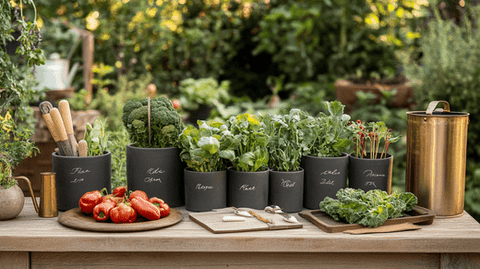


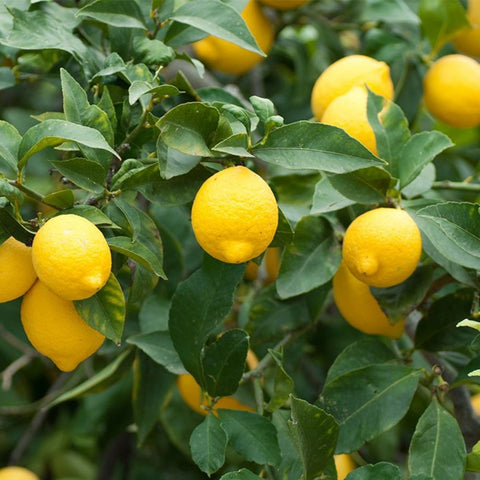

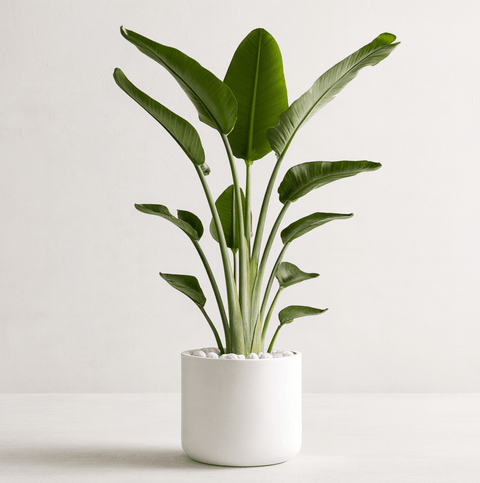

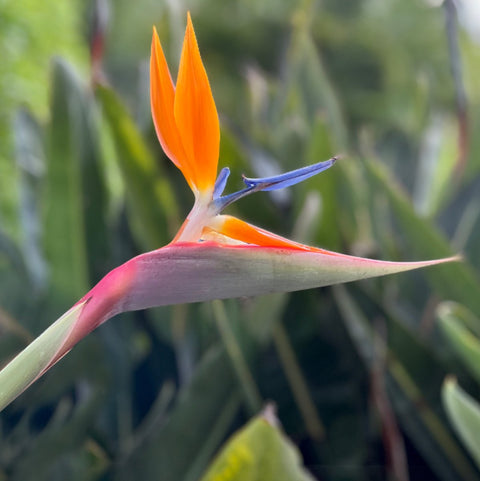

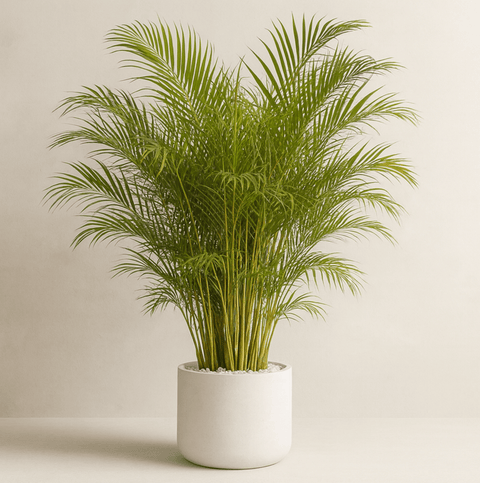






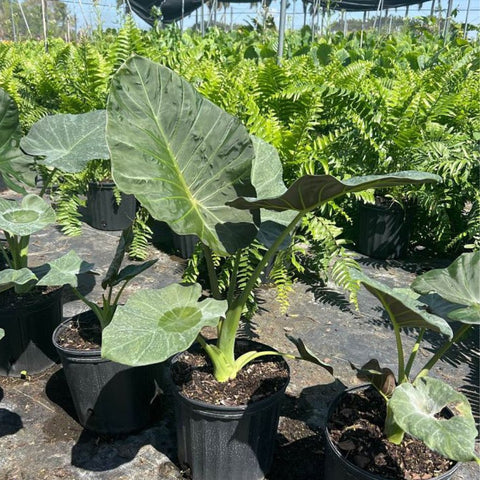







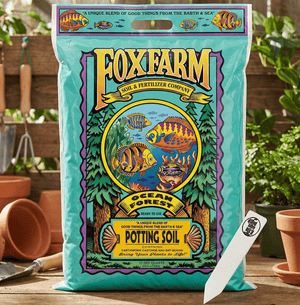




Comments (0)
There are no comments for this article. Be the first one to leave a message!